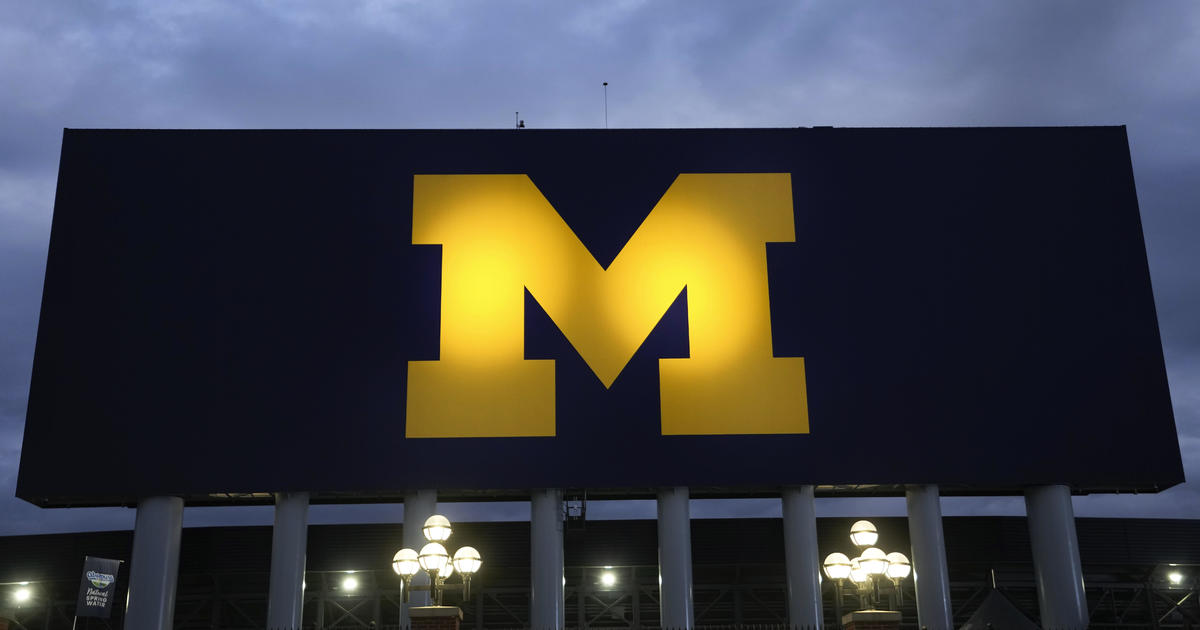UM Robot Team Wins International Competition, $750k
A team of 14 autonomous robots built by University of Michigan students has won an international competition sponsored by the U.S. Department of Defense and its Australian counterpart, officials announced in Brisbane.
UM's team of more than 20 students, mostly from the Department of Computer Science and Engineering, won a $750,000 grant for finishing in first place out of five teams in the final round of the contest. MAGIC, which stands for Multi Autonomous Ground-robotic International Challenge, initially involved 23 teams. The competition took place in stages over more than two years. The winners were announced Tuesday evening.
"Behind the robots was an amazing team of students who spent countless hours not only building, programming, and testing, but also dealing with the formidable logistical challenges of putting everything together and then shipping it 10,000 miles away," said UM team adviser Edwin Olson, an assistant professor in the Department of Electrical Engineering and Computer Science. "MAGIC 2010 gave us the chance to show that our research translates to the real world. Coming home with a check? That's an awfully nice bonus."
Open to academic and industry participants, MAGIC's goal was to demonstrate emerging unmanned technologies that could close the technology gap faced today in urban combat zones.
"While remote-controlled robots are being deployed in operational areas, we need smart, intelligent and fully autonomous systems that can take over from humans in conducting intelligence, surveillance and reconnaissance missions," said Greg Combet, Australian minister for defense personnel, material and science. "The ultimate aim is to make these operations much safer for our military personnel, leaving the robots to carry out the dirty and dangerous work."
Contest participants were tasked with developing swarms of autonomous robots that could communicate with each other and operate with minimal human involvement.
During the contest, robots were required to map the 500-by-500-meter arena and locate and disarm mock bombs in the field without harming any simulated civilians.
The UM team fielded significantly more machines than any other team. Olson said they operated more autonomously and required lower bandwidth for communication. The UM robots produced an impressive map, Olson said, and found 10 of 12 of the mock bombs in the first two rounds of the contest. The third round proved challenging for all the teams involved.
Judges were impressed with UM's real-time highlights feature, which directs human operators to action that most warrants their attention. This feature was developed by Ann Arbor software firm SoarTech.
"This was an outstanding competition and I have been blown away by the technologies these teams demonstrated. I am sure we will look back upon MAGIC 2010 as a watershed moment for our soldiers," said Jim Overholt, the Army's senior research scientist for robotics at the Tank Automotive Research Development and Engineering Center.
A team from the University of Pennsylvania won second place and a $250,000 grant. Third place and $100,000 went to Team Reconnaissance and Autonomy for Small Robots, based in Gaithersburg, Md.
More about the UM Magic team at www.eecs.umich.edu/eecs/about/articles/2010/MAGIC_finalists.html. More about MAGIC overall at www.dsto.defence.gov.au/MAGIC2010/.
A joint initiative of Australia's Defence Science and Technology Organisation and the U.S. Army Research, Development and Engineering Command's Tank Automotive Research Development and Engineering Center (TARDEC), MAGIC 2010 spanned more than two years with a stated goal of furthering the development of robot teams that could operate autonomously in dangerous situations, keeping soldiers out of harm's way.
Rounding out the top five teams that competed in the Grand Challenge last week at the Royal Showgrounds in Adelaide, South Australia, were teams Cappadocia (Ankara, Turkey) and MAGICian (Perth, Australia).
The teams deployed a total of 43 robots to navigate a 250,000 square-meter indoor and outdoor course over three-and-a-half hours. Teams were judged on a number of factors including the maps they produced and the time they took to complete three increasingly complex challenge phases. Teams were penalized for the amount of time they manipulated their robots manually.
Following the official MAGIC 2010 announcement, 23 teams submitted entries from around the world. The five teams from the United States, Turkey and Australia were selected by the U.S. and Australian defense departments after a two-phase down select to compete in an effort to develop the next generation of fully-autonomous ground robots.
(c) 2010, WWJ Newsradio 950. All rights reserved.



